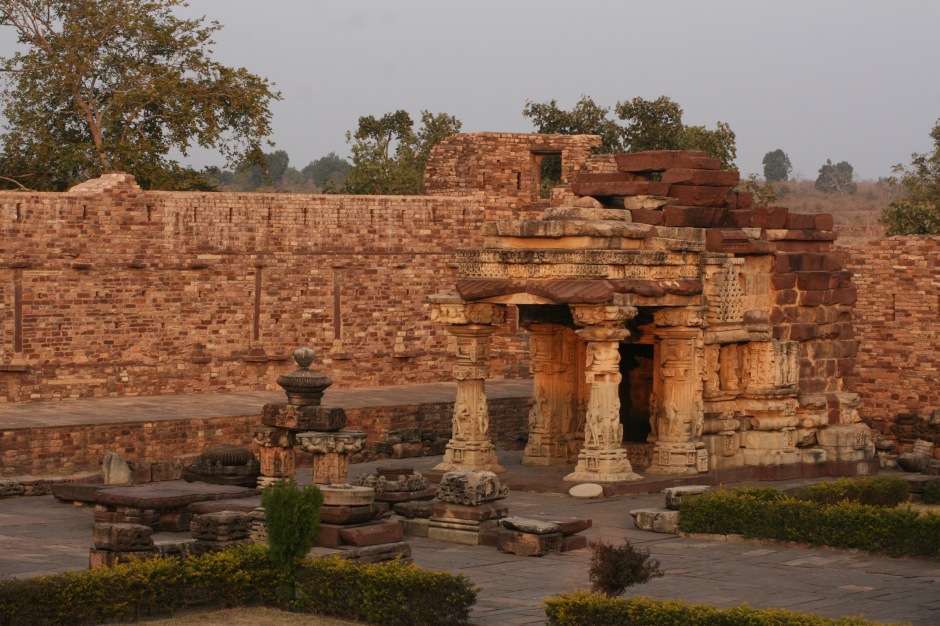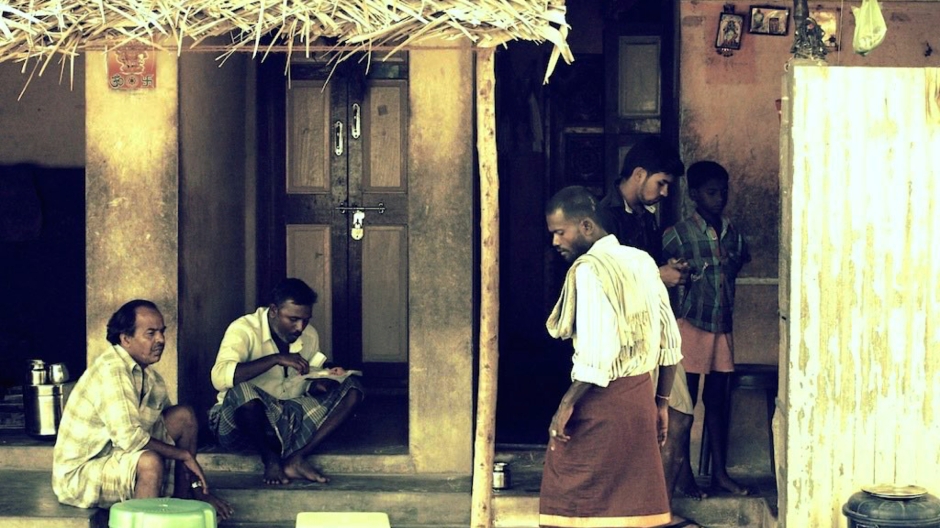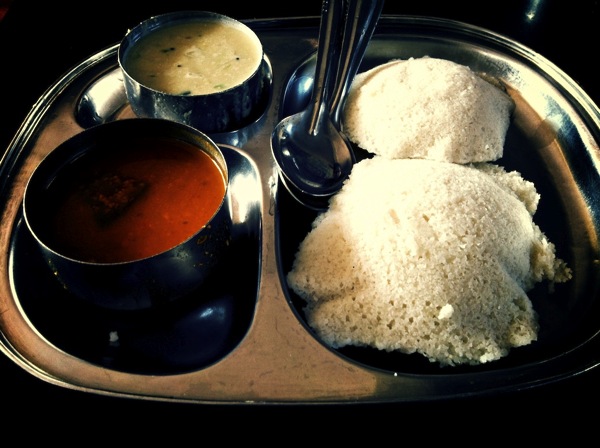The Ancient Origins site has a recently published a two-part article on megaliths in India.
“The relationship between the megalith builders and religious practices of south India is complex and one that is ripe for further interpretation. It is usually assumed that the megaliths are the work of India’s many tribal groups, who have left few or no literary records. What we might call India’s ‘great’ tradition in contrast has a very large body of written texts. Early Indian scriptures and mythological literature actually do occasionally refer to the megaliths. For example, there are several highly venerated epic poems of South India, products of the Tamil Sangam age, which takes its name from a gathering or assembly of three hundred Tamil poets and scholars, who were ‘taken by the sea’. The late Kamil Zvelebil, esteemed scholar of Tamil culture, thought the gathering did actually happen on a regular basis. The time frame for the Sangam age is usually set circa 350 BCE to 300 CE and would overlap with the final phase of megalithic construction.”


